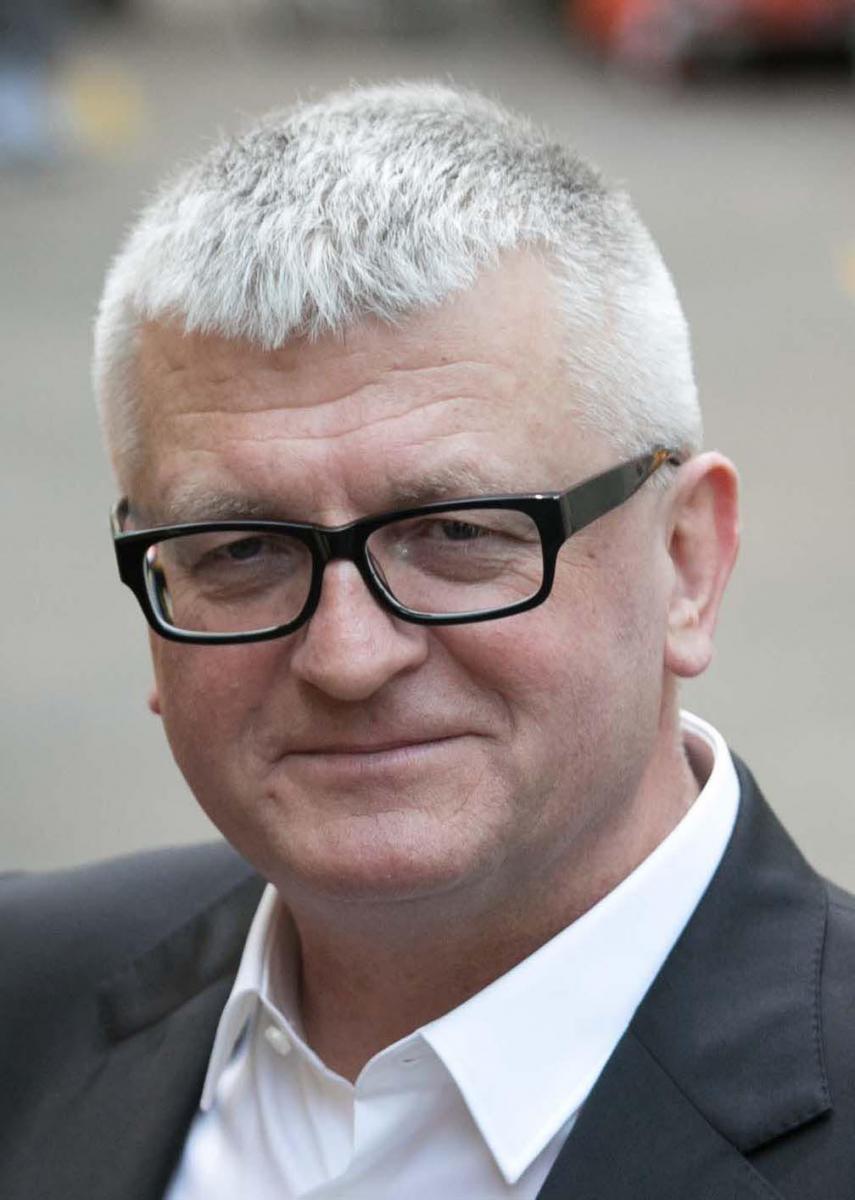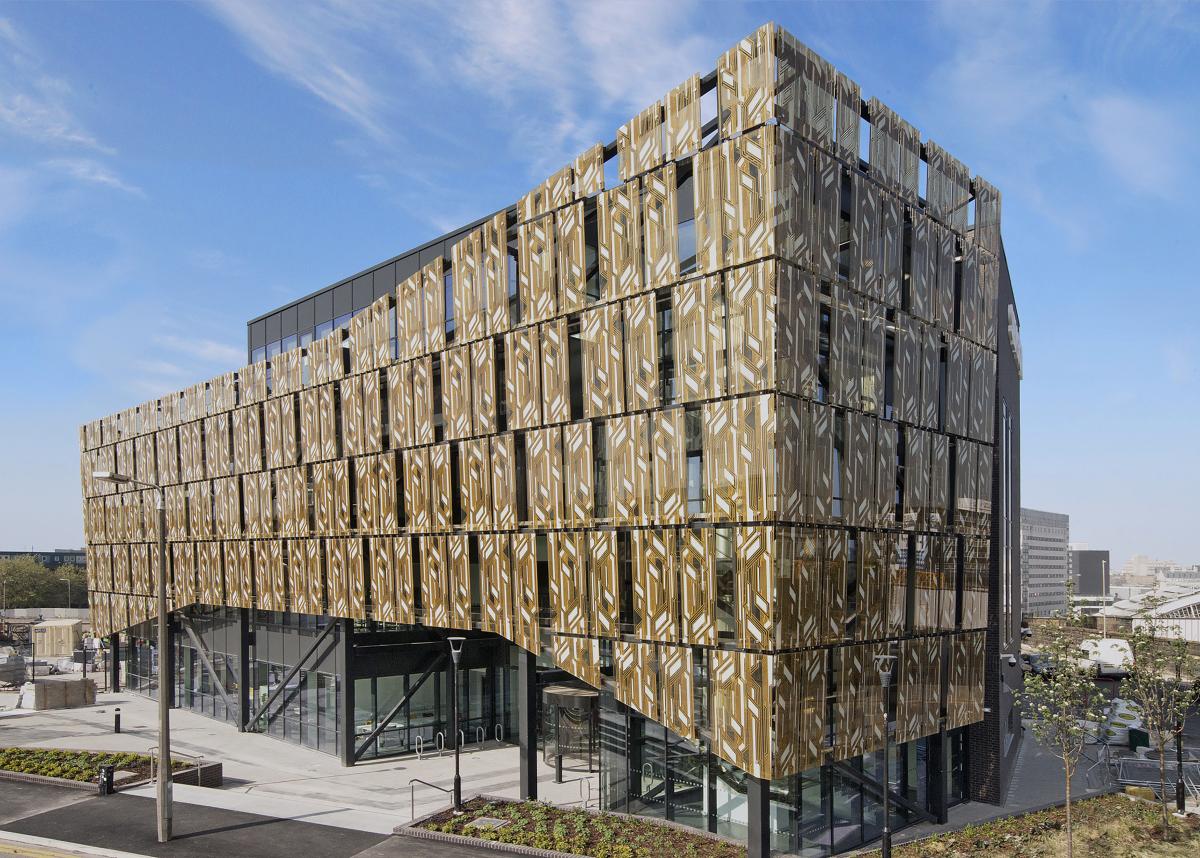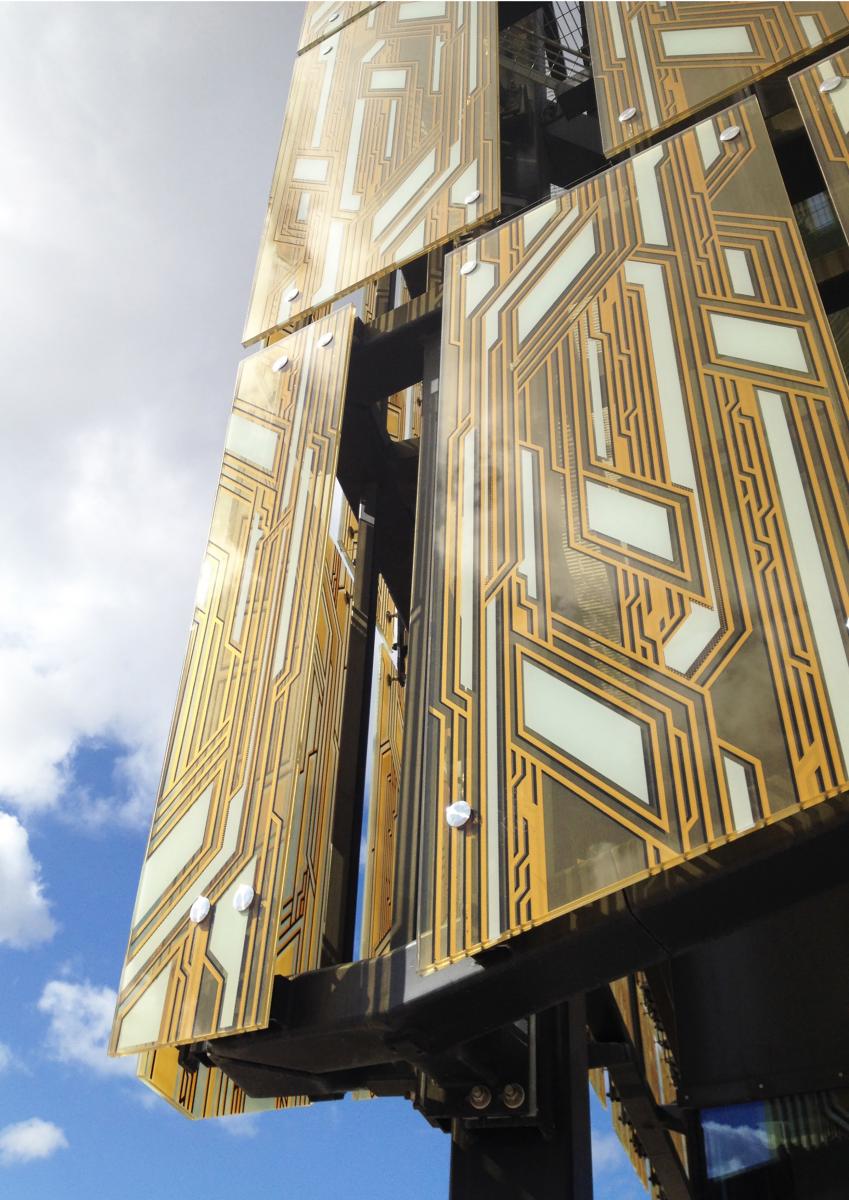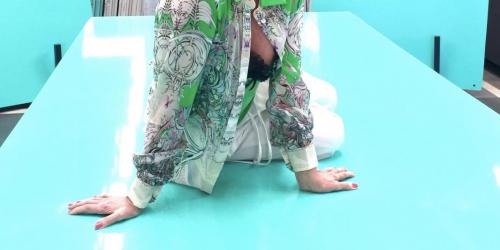Sensor City is a collaborative venture in Liverpool’s University Enterprise Zone. How did the design idea originate?

Julian Stocks
With an eye towards becoming the global hub for sensor technologies, the University of Liverpool and John Moores University commissioned a striking new building, Sensor City, to bring together the top researchers and start ups into one collaborative workspace. After extensively exploring the laboratories of the universities, the architects, IBI Group Inc., knew that the idea of electronics should guide the design of the building. The result was more artwork than a building. A striking enameled “veil” provides solar shading to the south and east, doubling as a public art installation within the heart of the research center.The art installation, which is also a protective façade, reflects the activity inside the building, and therefore depicts actual circuity.
Technology evolves very quickly, so a timeless design had to compensate for that. It was important that the design not to be an illustration of the current state of electronics, but an illustration of the potential of electronics.
But the creativity of the design isn’t just limited to circuitry. Art is in the eye of the beholder, right?
The ambiguity is there on purpose. The intent was for it to also be abstract enough to see different things. Some have imagined bales of hay or grains of wheat, giving the building its nickname “Fields of Gold.” The inside of the building has people thinking and inventing, while the outside façade reflects the creativity that is happening within.
What inspired the use of Vanceva® interlayers for this project?

Electronic circuits are built of both conductive and insulating components, and the 299 panels used in this project act as “circuits” by having the gold conductive imagery and are also actual insulating glass panels. The panels serve as not only artwork, but as a protective façade for the building.
Golden Light and Coral Rose are the Vanceva® PVB interlayers used. What influenced the color selection and placement?
The color palette is dominated by gold, an element valued in electronics for its conductivity. Vanceva® Colors PVB interlayers in Golden Light and Coral Rose were used to simulate this gold color. The golden façade of Sensor City renders colors differently depending on the viewer’s location, amount of light and time of day.

We were careful about how the Vanceva® interlayers would affect the operational light levels in the building: white light was essential in the atrium and offices to allow people to work with natural light; we then explored the spaces in the building where the gold shadow light could play in more recreative spaces. The question was: how best to balance the white light into the building or the gold light from the building façade?
When sitting in the office, do you see through the panels?
The design is mostly translucent, with soft colors in the interlayer, so you don’t get that sense of claustrophobia. There is a general glow outside the building, more of the feeling of the warm light that you get in the evening. It was a conscious effect, (see John Soans Museum in London) from the 19th century, but check the idea — the glass was painted to create the illusion of warm sunset in the evening.
What are some of the advantages to using multiple colored interlayers in laminated glass?
People ask if the panels actually do something like generate electricity, but they are purely decorative and no structural part of the building whatsoever. They do however:
- Protect the building and its occupants from UV radiation*, which can contribute to fading and even skin cancer
- Provide some weather shielding and security benefits
- Modify the light levels inside the building resulting in a sort of anti-glare effect for people using monitors (i.e. — no hard reflections on screens)
- Provide pleasant interior lighting and accents
There are alternatives to using Vanceva® colored interlayers. You can do it with enamels, but it is more complicated compared to Vanceva®, which makes it cleaner and more consistent than
silk screens.
If you want to learn more information about the project, please check the page of Fields of Gold at Sensor City
Do you have any thoughts on why people use the Vanceva® range of colors in such limited projects?
People tend to use one color, which gives uniformity. You could look through the Vanceva® brochure and see the similarities in the projects, but it shows the potential. We tried something a little more complex, experimenting with the potential of mixing colored interlayers to achieve an effect.
You trained in traditional stained glass making, crafting glass like an object. What are some of the changes you’ve noted in the industry?
The biggest change is that there are no longer handmade items, so things can be a lot bigger. In particular, you can get much better color uniformity with PVB interlayers. Now you can also add a third dimension, bringing design and manufacturing together.
Gold, black, etc. plus interlayer printed in the glass is almost like a watercolor painting technique. The 299 panels are printed from one single master artwork. The scale is complicated.
Stained glass in churches is similar to a larger project?
There are similarities. The great thing about the new technology is the fact that there is no imposition of the lead edges on the finished façade because it is printed and structure comes from the glass and not the lead. Modern techniques provide the ability to have more patterns and freedom in the art that you won’t be able to achieve with traditional stained glass methods. In traditional stained glass, you always present it painted, fully opaque (imagine a church, in the night it is black), making the colors more saturated. You need to learn how people see through the glass and that understanding comes across all techniques.
Do you have any advice for other artists, designers or architects about using laminated glass? How should people get started?
Learn about how the eye sees, what range of color you want to use and how people perceive the colors. Big projects like Sensor City, we were thankful to the client for standing behind us on such a bold project, and I give them credit for the freedom they gave us on this project.
Do you have any advice for people that would like to start using color, to think more broadly about colors?
Start with ignoring the limitations of the palette and produce something you want to see and work backwards from that to find the technology that exists and would work for your project. Free yourself from the dependency from what already exists. This is the problem — professionals, manufacturers etc. like the challenge of finding what matches the idea of the artist. Instead, start with the idea, then figure out how to make it reality. You’ll usually find a way to work with the technology and maybe find something new.
Do you find that a lot of people do that?
Yes, they are not working from the idea, imagination. They work from what can be achieved, and they replicate it. That is why the Sensor City is so particular. Artists want to do something new every time. The tricky thing is to find the right kind of artist, client, design to do something that didn’t exist before.
It is expensive in time doing things this way. We invested 600 hours before doing anything. We experimented with the Vanceva® interlayers to create prototypes. We learned how to simulate light and colors this way. We also used other tools to create the final effect.
What is your ideal work situation for a project? Alone or team member?
I work alone in my company, but have many collaborators, professionals, and specific companies I work with.
I would call myself an artist, but I work like an architect. I operate as a specialist art consultant within the architect’s team; architecture is an important part of these projects. I set myself apart from the others with a combination of unique training and experience in collaboration.
When do people call you?
Ideally, you’d like to be part of the design team from the beginning. Then there is competition kind of, long process of negotiations, list of approved artists people might know, thanks to the local authorities. The process for artists can be complicated, as usually the process starts with some kind of design competition, then a great deal of negotiation between the parties involved and finally local codes and regulations must be considered.
Who were the project partners for Sensor City?
IBI Group Inc. was the Architect for the project. Ariño Duglass of Zaragoza, Spain was the Glass Laminator. Novum Structures UK was the Engineering Company.
What was the total sqm for the project and how was it positioned?
700 m² of glass within the façade, comprised of 299 panels of laminated glass on three sides. The panels incline forward at a 2° angle from the top over the base to reduce the reflection of the sky on the glass. The East elevation receives morning sunlight, causing the metallic gold frit to sparkle and allowing a golden light into the building. In the afternoon, the sun shifts its focus to the South West elevation.
* Filtering more than 99% of UV rays up to 380 nm, controlling visible transmittance, reducing glare and solar heat gain.










